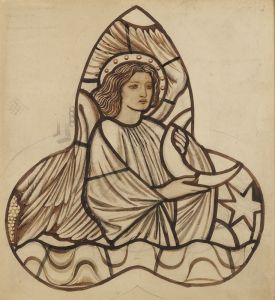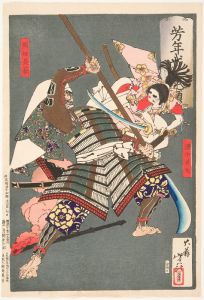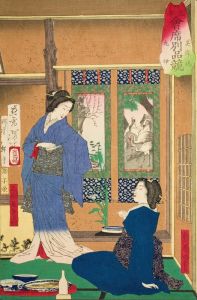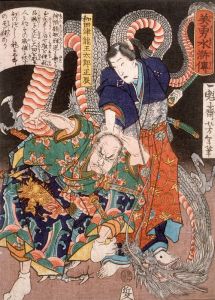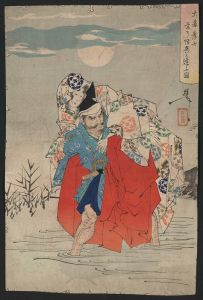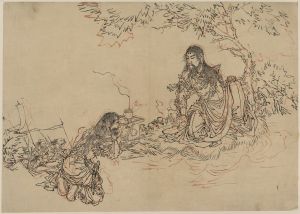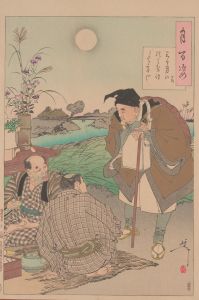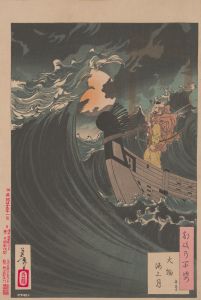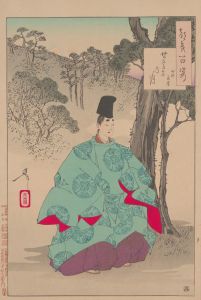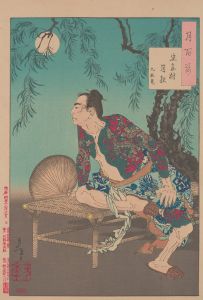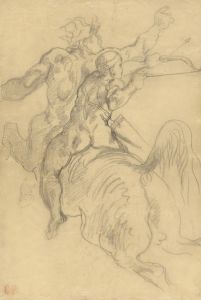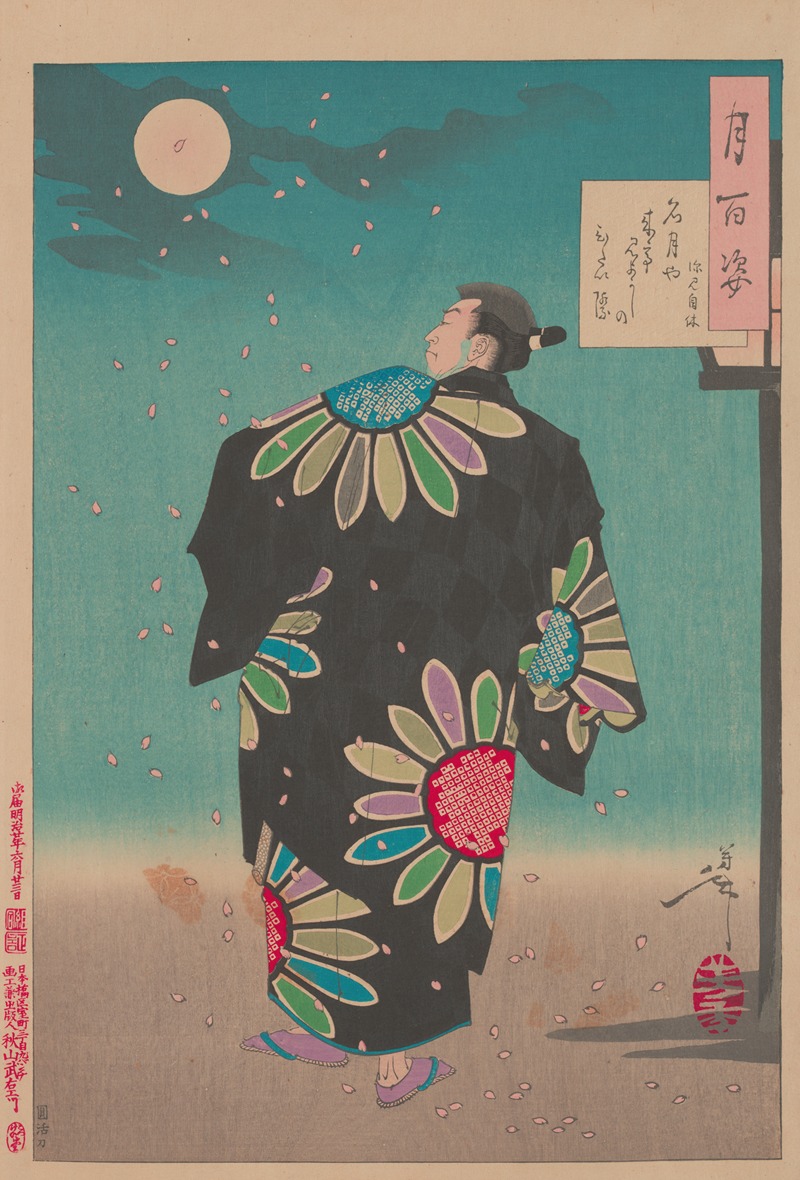
Fukami Jikyu challenges the Moon
A hand-painted replica of Tsukioka Yoshitoshi’s masterpiece Fukami Jikyu challenges the Moon, meticulously crafted by professional artists to capture the true essence of the original. Each piece is created with museum-quality canvas and rare mineral pigments, carefully painted by experienced artists with delicate brushstrokes and rich, layered colors to perfectly recreate the texture of the original artwork. Unlike machine-printed reproductions, this hand-painted version brings the painting to life, infused with the artist’s emotions and skill in every stroke. Whether for personal collection or home decoration, it instantly elevates the artistic atmosphere of any space.
Tsukioka Yoshitoshi (1839–1892) was a renowned Japanese artist, widely recognized as one of the last great masters of the ukiyo-e genre of woodblock printing and painting. His work is celebrated for its dynamic composition, innovative use of color, and the ability to capture the complexities of human emotion and the supernatural. One of his notable works is "Fukami Jikyu challenges the Moon," which is part of his larger series that often depicted historical and legendary figures.
"Fukami Jikyu challenges the Moon" is a striking example of Yoshitoshi's ability to blend the real with the fantastical. The artwork portrays Fukami Jikyu, a character from Japanese folklore, in a dramatic confrontation with the moon. This piece exemplifies Yoshitoshi's fascination with the supernatural and his skill in illustrating the tension between human ambition and the forces of nature or the divine.
Yoshitoshi's work during the late Edo and early Meiji periods was marked by a transition in Japanese society, as it opened up to Western influences and underwent significant modernization. Despite these changes, Yoshitoshi remained dedicated to traditional Japanese themes, often drawing from historical events, classical literature, and folklore. His work is characterized by a deep sense of narrative, often depicting scenes of intense emotion or dramatic action.
In "Fukami Jikyu challenges the Moon," Yoshitoshi employs his signature style of bold lines and vibrant colors to create a sense of movement and energy. The composition likely reflects the influence of kabuki theater, which was known for its dramatic storytelling and expressive performances. Yoshitoshi's ability to convey complex stories through a single image is a testament to his mastery of the ukiyo-e form.
The moon, a recurring motif in Japanese art and literature, often symbolizes beauty, mystery, and the passage of time. By depicting a character challenging the moon, Yoshitoshi may be exploring themes of human defiance against the natural order or the pursuit of impossible dreams. This aligns with the broader themes in his work, which frequently examines the tension between human desires and the immutable forces of nature or fate.
Yoshitoshi's legacy is significant in the history of Japanese art. He is credited with revitalizing the ukiyo-e tradition at a time when it was in decline, due in part to the rise of photography and Western art forms. His innovative approach and dedication to the craft ensured that the ukiyo-e style continued to evolve and influence future generations of artists.
"Fukami Jikyu challenges the Moon" is a testament to Yoshitoshi's artistic vision and his ability to capture the imagination of his audience. Through his work, he not only preserved traditional Japanese art forms but also expanded their possibilities, leaving a lasting impact on the cultural landscape of Japan.





